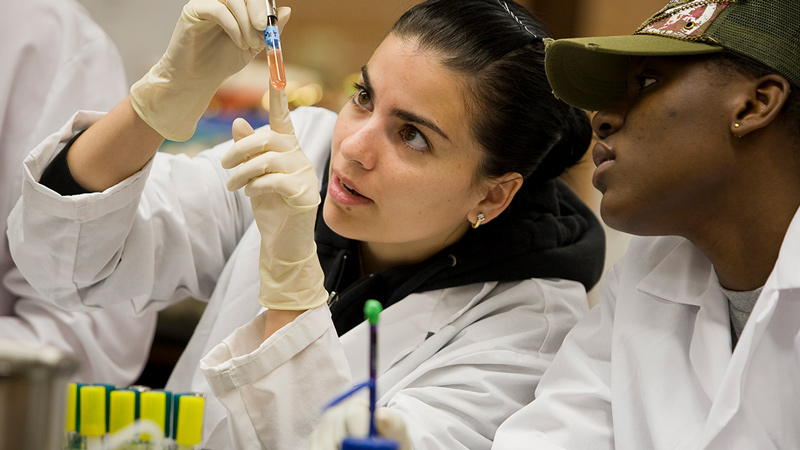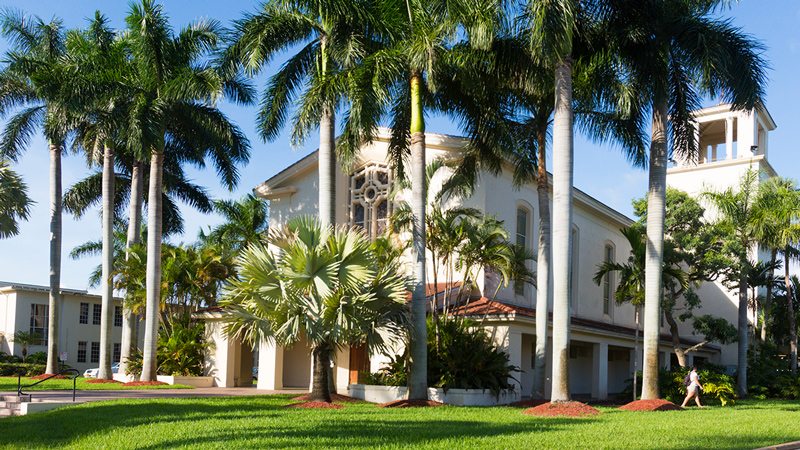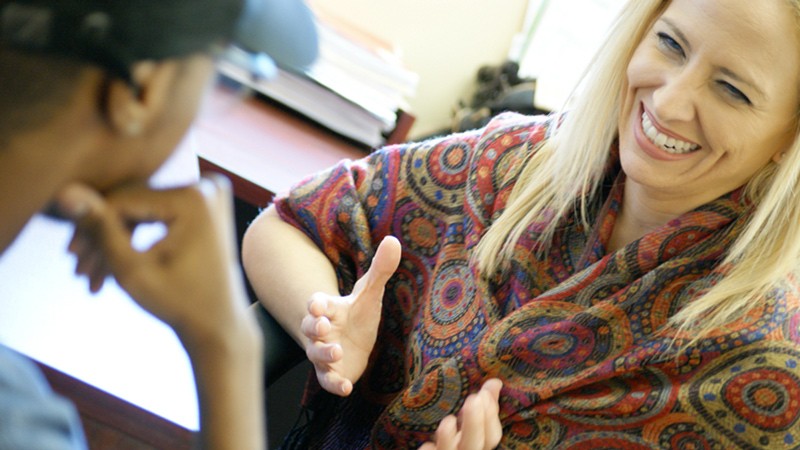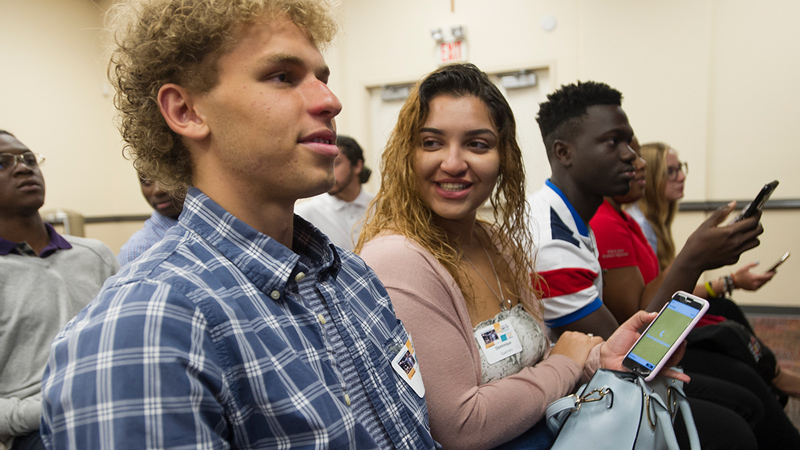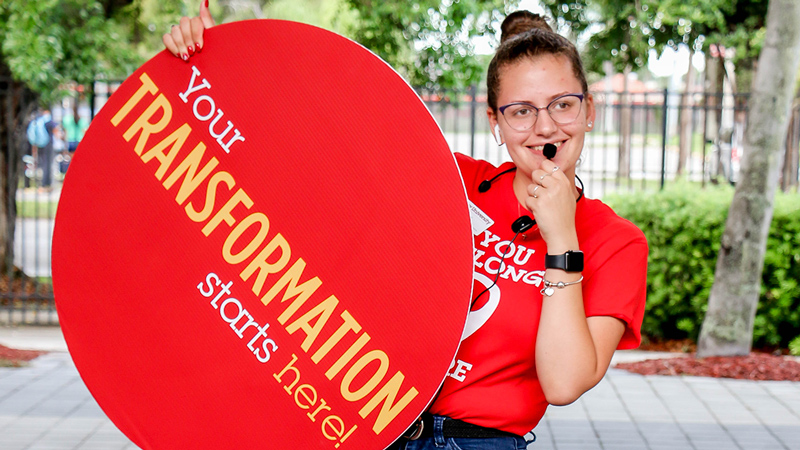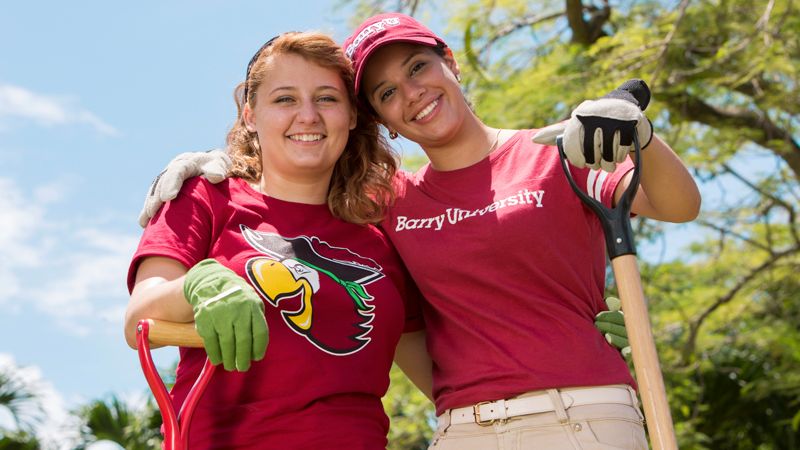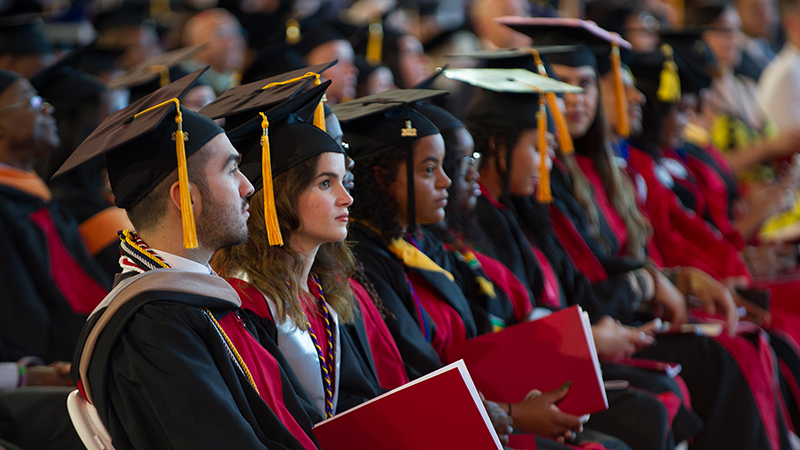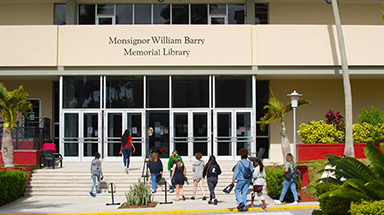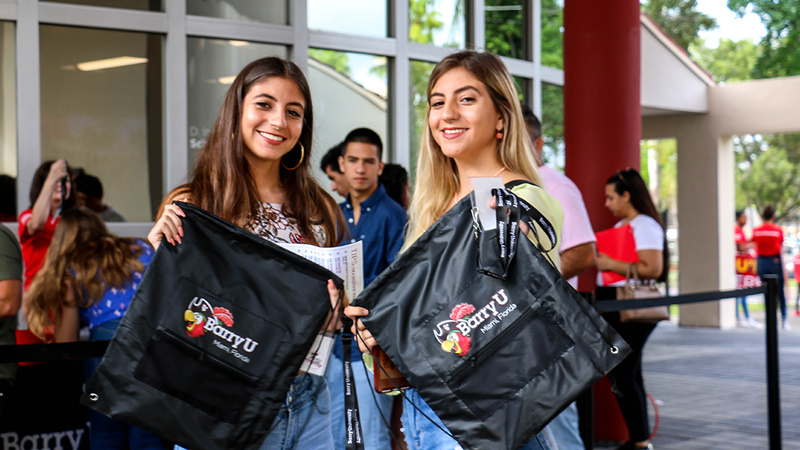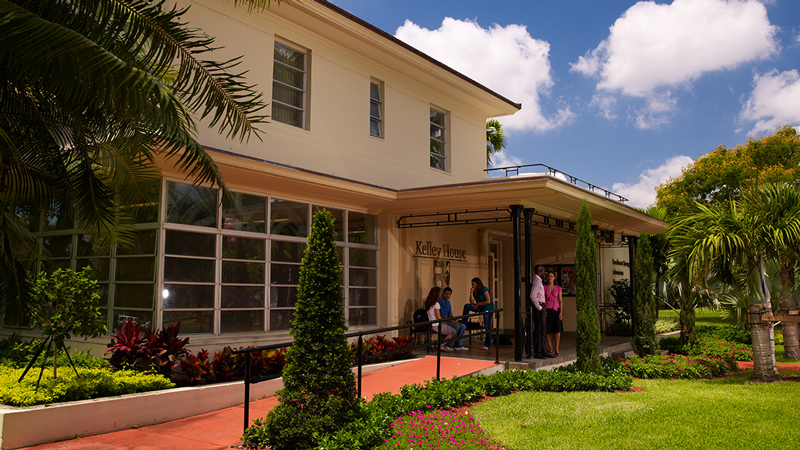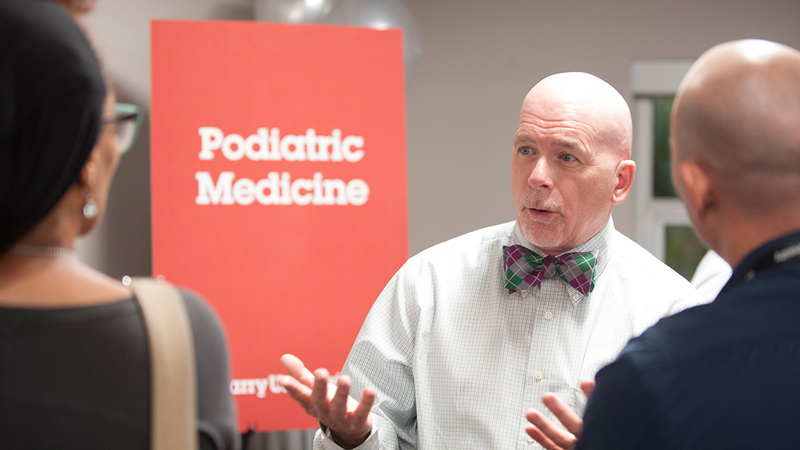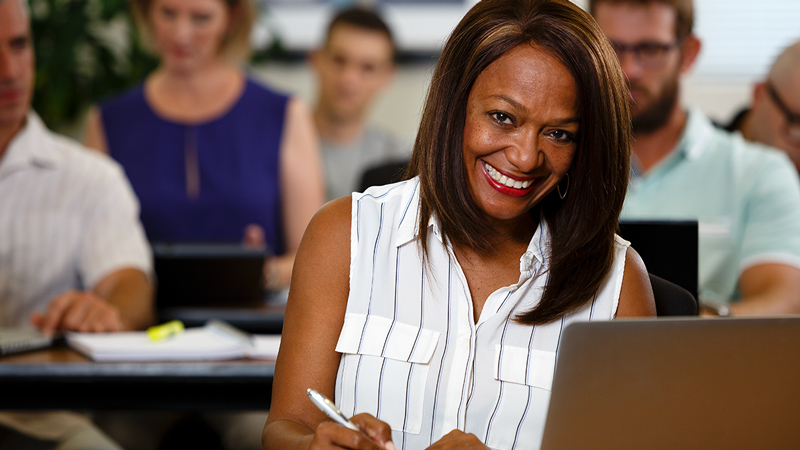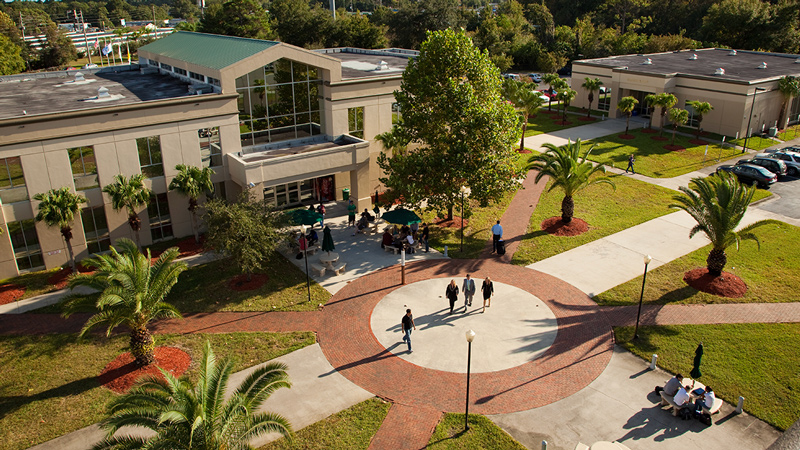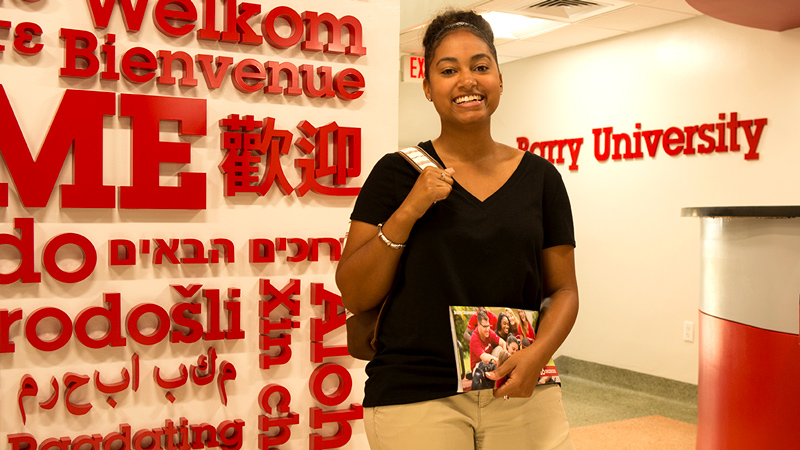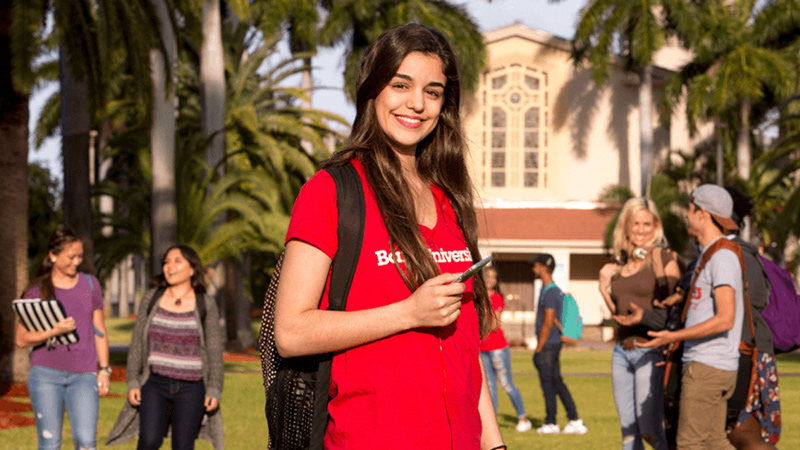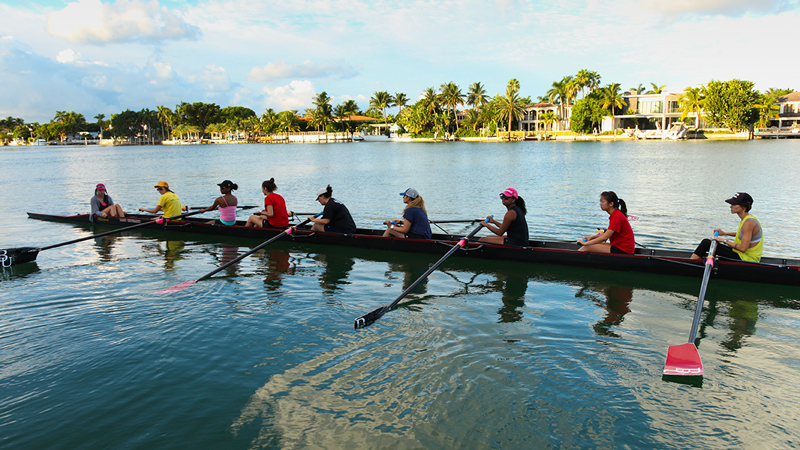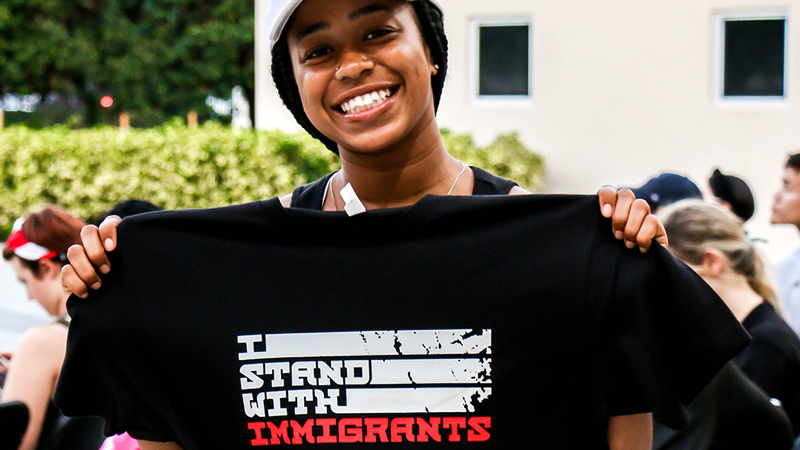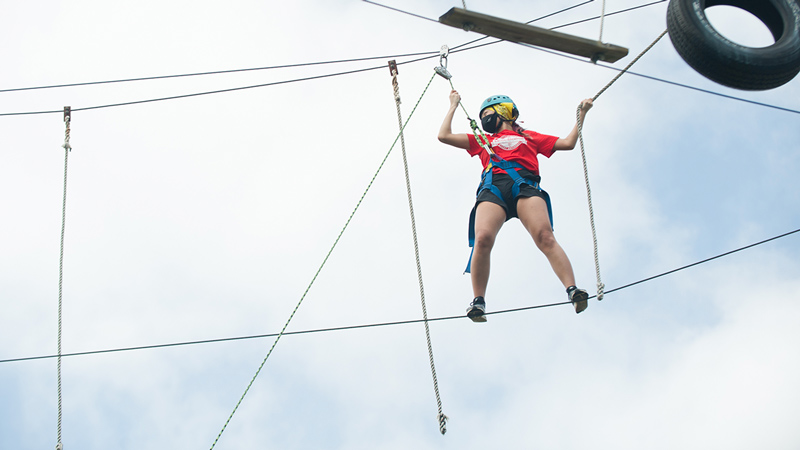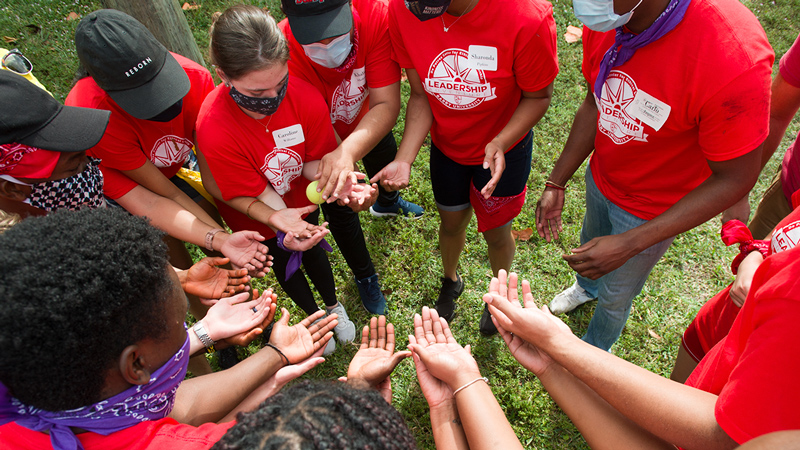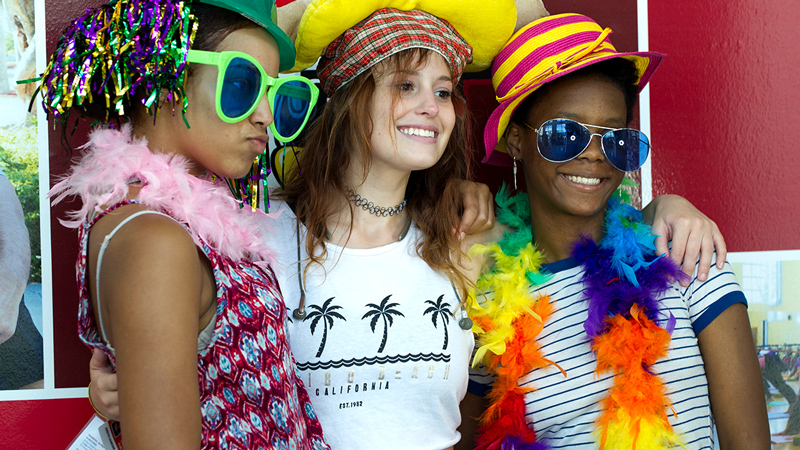Assistant Professor Luis Rodríguez Anaya, DPM ’11, originally volunteered for Barry’s Yucatán Project because he wanted to work on complex medical procedures. The project, run by the School of Podiatric Medicine, was focused on children with severe foot deformities—and it gave him the perfect opportunity to enhance his skills treating patients with cerebral palsy, polydactyly, clubfoot, and other issues of the foot and ankle. But the trips to Mexico’s Yucatán soon became more than procedure. Year after year, he returned to visit the children he treated. What he saw was thrilling: children who once struggled to walk were now playing soccer.
By Marisa Demers For 25 years, Barry podiatrists have traveled to the Yucatán to help children with severe foot deformities. Their goal: to see these children walk pain-free.

“What makes this project so special is the amount of time we’ve invested in the people and the region,” says Dr. Rodríguez Anaya, who first joined the Yucatán Project as a podiatric resident and now serves as its faculty director. “The ability to change lives, not only the life of the patient but that child’s family as well, is amazing.”

After a few years of planning and networking, a small team of Barry faculty and doctors-in-training joined Dr. Southerland (pictured here), founder and director of project, in the Yucatán in July 1996.
The Vision
The project might never have come into existence if it were not for a Good Morning America segment that aired in the late 1980s. By chance, Barry Professor Emeritus Charles Southerland, DPM, was watching the news show and learned about a group of West Coast podiatrists treating children in Mexico’s Baja peninsula. The segment inspired Dr. Southerland. On Mexico’s other coast, closer to Barry, was another peninsula with communities that had an even greater demand for podiatric care.
“Imagine carrying a live electrical wire and every time you stepped on it you got a shock,” Dr. Southerland says. “That’s what chronic foot pain is like. For children, it could affect their education, their career prospects, and even their personality.”
Dr. Southerland had the right combination of skills and connections to turn his idea into a reality. He was a fluent Spanish speaker and, through assisting with Hurricane Gilbert relief efforts, became acquainted with several Mexican officials. After a few years of planning and networking, a small team of Barry faculty and doctors-in-training joined Dr. Southerland in the Yucatán in July 1996.


For the next 25 years, Barry doctors treated 9,600 children with foot deformities in the region and performed 1,500 surgeries. Until the pandemic closed the borders in early 2020, Barry volunteers were visiting Mexico four times a year. They resumed their visits in September 2021 and remain just as committed to helping children walk again. On each trip, they bring four large bins filled with surgical instruments, hospital gowns, antibiotics, and more to ensure that patients’ families are never charged for the services. “We never do the surgeries and then forget about the patients,” says Dr. Southerland. “We always follow up with them and partner with Mexican doctors who make sure they are taken care of.” Barry also has a partnership with the International Foot and Ankle Foundation, which supplies additional volunteers. It is one of the most successful university-led humanitarian efforts that is focused on the foot and ankle.
"It’s so cool to be in different countries, studying the same thing, and then coming together and sharing a common goal...”
The Commitment
During their five- to six-day stay, Barry volunteers evaluate young patients, perform surgeries and procedures, and follow up with past patients. With the need so great, doctors participate in as many as 20 surgeries in a day.
Another day is dedicated to cultural immersion, an idea proposed by Keith Kashuk, DPM, professor emeritus and former Barry trustee, who was one of the first podiatrists to join Dr. Southerland on the humanitarian trips. The Yucatán is rich in Mayan history, with pyramids and other ancient ruins constructed more than a millennium ago. Today, Mayan people continue to live in the region.
“It is important to learn the culture of the people we are treating,” Dr. Kashuk says. “Especially for the indigenous communities we serve, visiting their villages and seeing how they live has been a tremendous and enriching experience.”
Podiatric residents Alexis Mugno, DPM ’19, and Marilyn Toribio, DPM ’19, care deeply about helping vulnerable communities access healthcare.
In fact, the Yucatán project was one of the main reasons they applied to Barry’s podiatry school. They also believe that international experience will make them better doctors at home.
“In the U.S., congenital deformities are often addressed early in a child’s life, but the conditions we see in the Yucatán tend to be more advanced,” Dr. Toribio says. “In helping children, we are also being exposed to a broader range of issues that will make us more well-rounded surgeons.”
Dr. Mugno also appreciates the cross-border collaboration with Mexican doctors and residents.
“It’s so cool to be in different countries, studying the same thing, and then coming together and sharing a common goal,” Mugno says. “We’re able to exchange ideas and also laugh and get to know each other. It’s really sweet.”

Asim Sayed, a third-year resident, poses with a patient at Progresso, Merida-Yucatan, the project’s headquarter clinic, in July 2019.
The Future
The impact the project has had on the lives of children is so great that Robert Snyder, DPM, Dean of Barry’s School of Podiatric Medicine, wants to secure the next 25 years. He hopes to establish an endowment that would permanently cover travel and expenses for generations of Barry volunteers, and, with enough donations, Dr. Snyder aims to expand the project to other countries, including the Bahamas.
“This program has helped thousands of children lead productive lives and has the potential to help thousands more,” he says. “My hope is that we can get enough support to make the project sustainable long into the future.” Dr. Southerland retired last year after 33 years at Barry.
He now lives in Utah with his family but is never far away from Barry. He is still involved in the Yucatán Project, and his former students, including Dr. Mugno, continue to reach out to him whenever they have questions.
Looking back on the history of the Yucatán Project and everything it has accomplished, Dr. Southerland is filled with gratitude instead of pride.
“One of the great lessons I learned from this project is that meaningful things happen because people decided to work together,” Dr. Southerland says. “One person may have the opportunity to start something, but to keep it running takes others’ help. I am fortunate to have so many members of the Barry community believe in our work.”
“One of the great lessons I learned from this project is that meaningful things happen because people decided to work together...”

For 25 years, Barry doctors have treated 9,600 children with foot deformities in the Yucatán and performed 1,500 surgeries. Here, a group of those doctors stop for a photo with Dr. Charles Southerland, DPM, founder and director of the Yucatán Project.
